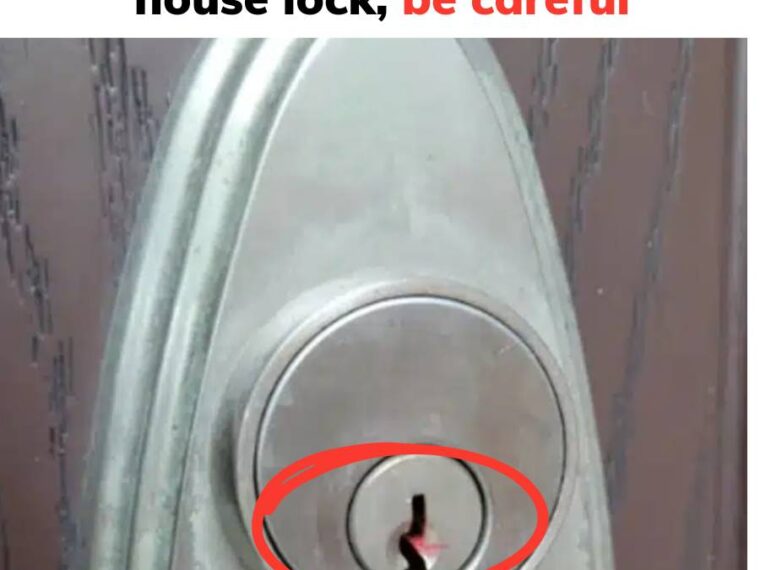1. Examine the Lock Carefully
Your first step should be to inspect the lock closely. Check the following:
- Look for signs of tampering: Is the lock scratched or damaged? Does the key turn smoothly, or does it feel stiff or difficult to operate? If the lock appears to be in working order, the wax might have been applied for another reason. However, if you notice any irregularities, it’s possible that someone has tried to tamper with the lock.
- Check the surrounding area: Is there any wax on the door frame or nearby surfaces? This could provide further clues. For instance, if the wax is on or near a door frame, it might suggest that the lock has been marked for a potential break-in.
2. Remove the Wax
If the lock seems intact and you feel that no tampering has occurred, carefully remove the wax. Here’s how to do it:
- Use warm water: For most waxes, warm water and a soft cloth can easily wipe away the substance.
- Rubbing alcohol: If the wax is stubborn, you can use a small amount of rubbing alcohol or vinegar on a cloth to dissolve the wax. Be gentle to avoid damaging the lock.
Once the wax is gone, try the lock again to make sure it’s still functioning properly.
3. Test the Lock for Functionality
After cleaning, test the lock by turning the key or operating the handle. If the lock feels stiff or hard to turn, it could be a sign that the mechanism has been tampered with. If the lock is sticky or difficult to operate, it may need to be repaired or replaced.
4. Consider Rekeying or Replacing the Lock
If you have concerns that your lock may have been compromised (even if you’re not sure if it’s because of the red wax), it might be a good idea to rekey your locks. Rekeying involves changing the internal mechanism of the lock so that the old keys no longer work, and it’s a relatively inexpensive way to improve security.
If the lock seems particularly vulnerable or has visible signs of tampering, you may want to replace the lock altogether with a more secure option, such as a deadbolt or smart lock.
5. Install Additional Security Measures
If you’re feeling uneasy about the security of your home, it’s a good idea to add extra security measures. Here are a few ideas:
- Install security cameras: Even inexpensive motion-activated cameras can be a great deterrent to burglars. They also give you peace of mind, knowing you have a record of any suspicious activity near your home.
- Install outdoor lighting: Well-lit areas are less attractive to criminals. Consider installing motion-activated lights around your property.
- Home alarm system: If you don’t already have one, installing a security system can help monitor your home 24/7.
6. Alert Neighbors and Local Authorities
It’s essential to stay informed and keep your neighbors in the loop. Talk to your neighbors to see if they’ve experienced anything unusual, or if they have noticed similar markings or odd behavior. Criminals often target homes in a neighborhood, and keeping each other informed can help prevent crimes.
If you feel that the red wax may be part of a larger pattern of criminal activity, it’s important to contact your local police. Report your findings and ask if they have any advice on how to protect your property. They might be able to patrol your area more frequently or investigate further.
Conclusion
If you find red wax on your house lock, it’s essential to remain calm but cautious. While the presence of red wax might not always indicate a direct threat, it could be a sign of tampering or a potential break-in. By following the steps above—examining the lock, removing the wax, testing the lock for tampering, rekeying or replacing the lock, and adding security measures—you can safeguard your home and reduce the risk of criminal activity.
Above all, don’t hesitate to reach out to authorities if you suspect something isn’t right. Staying vigilant and informed is key to keeping your home and loved ones safe.




